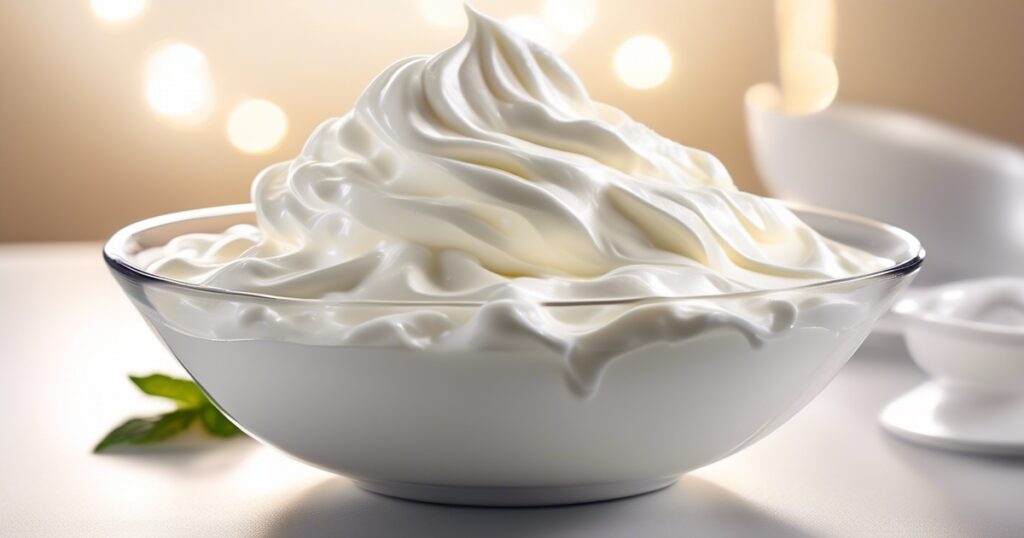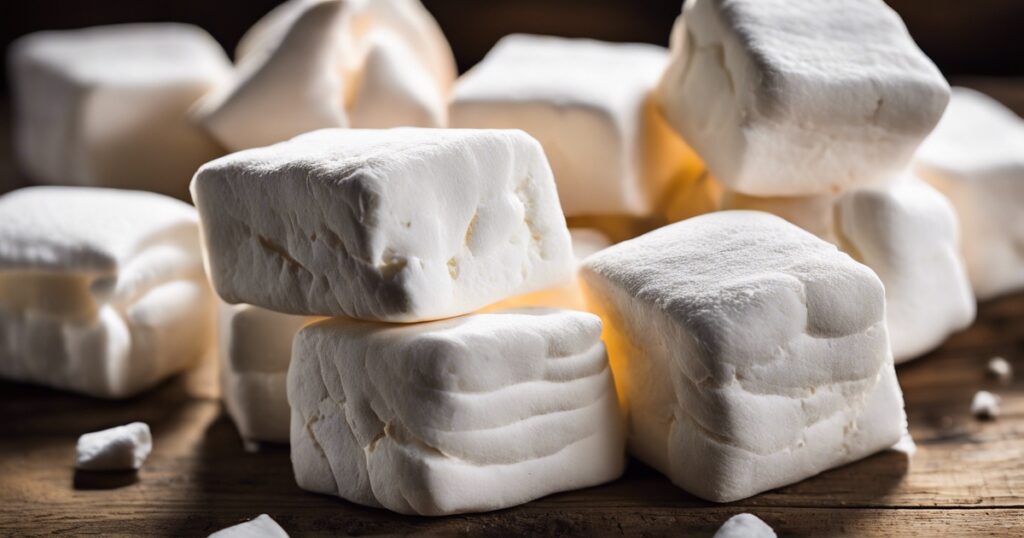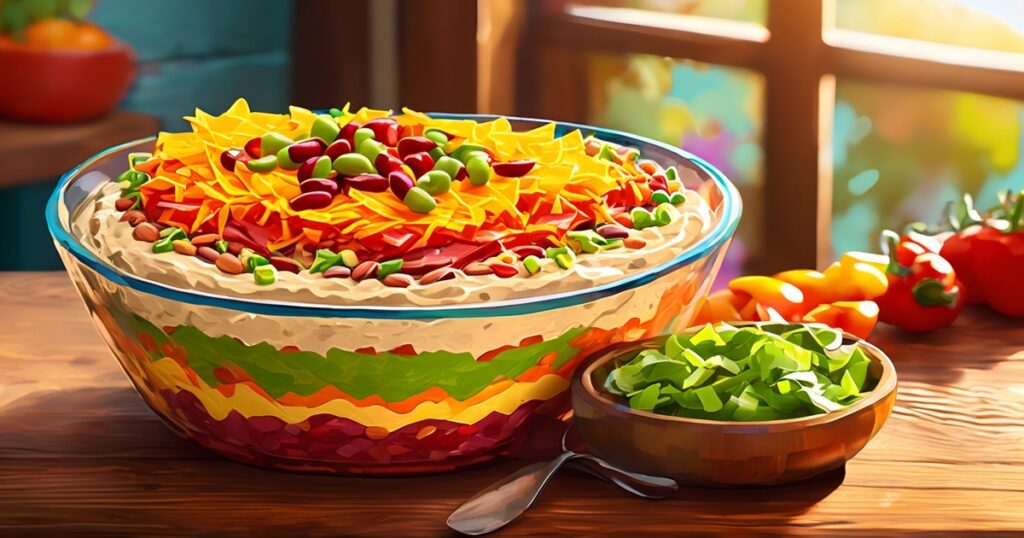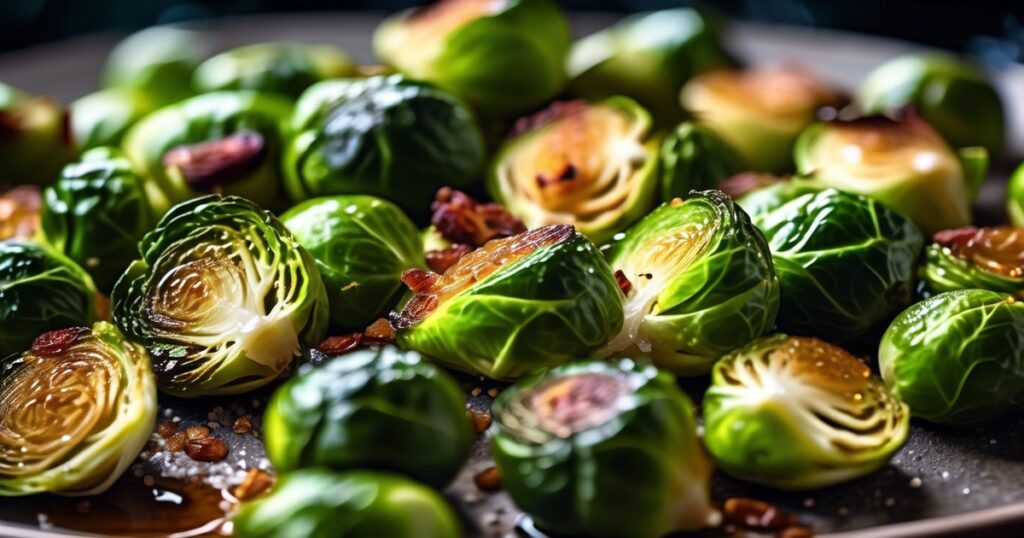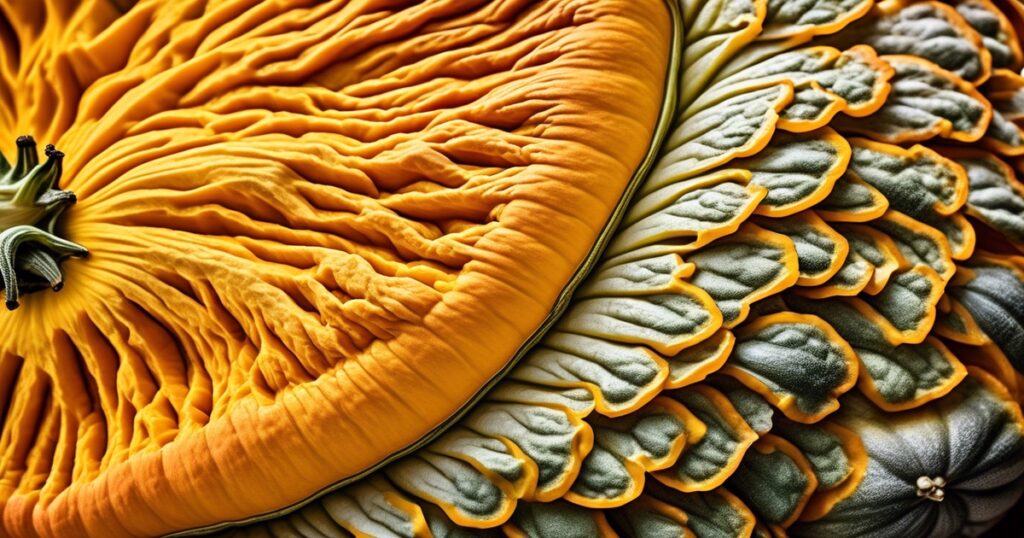How to Make Whipped Cream: Step-by-Step Recipe Guide
Key Takeaways Understanding Whipped Cream Basics Heavy vs. Whipping Cream Types of Whipping Cream Nutrition Information Preparing to Whip Cream Chilling the Bowl Selecting Cream Step-by-Step Whipped Cream Recipe Ingredients …
